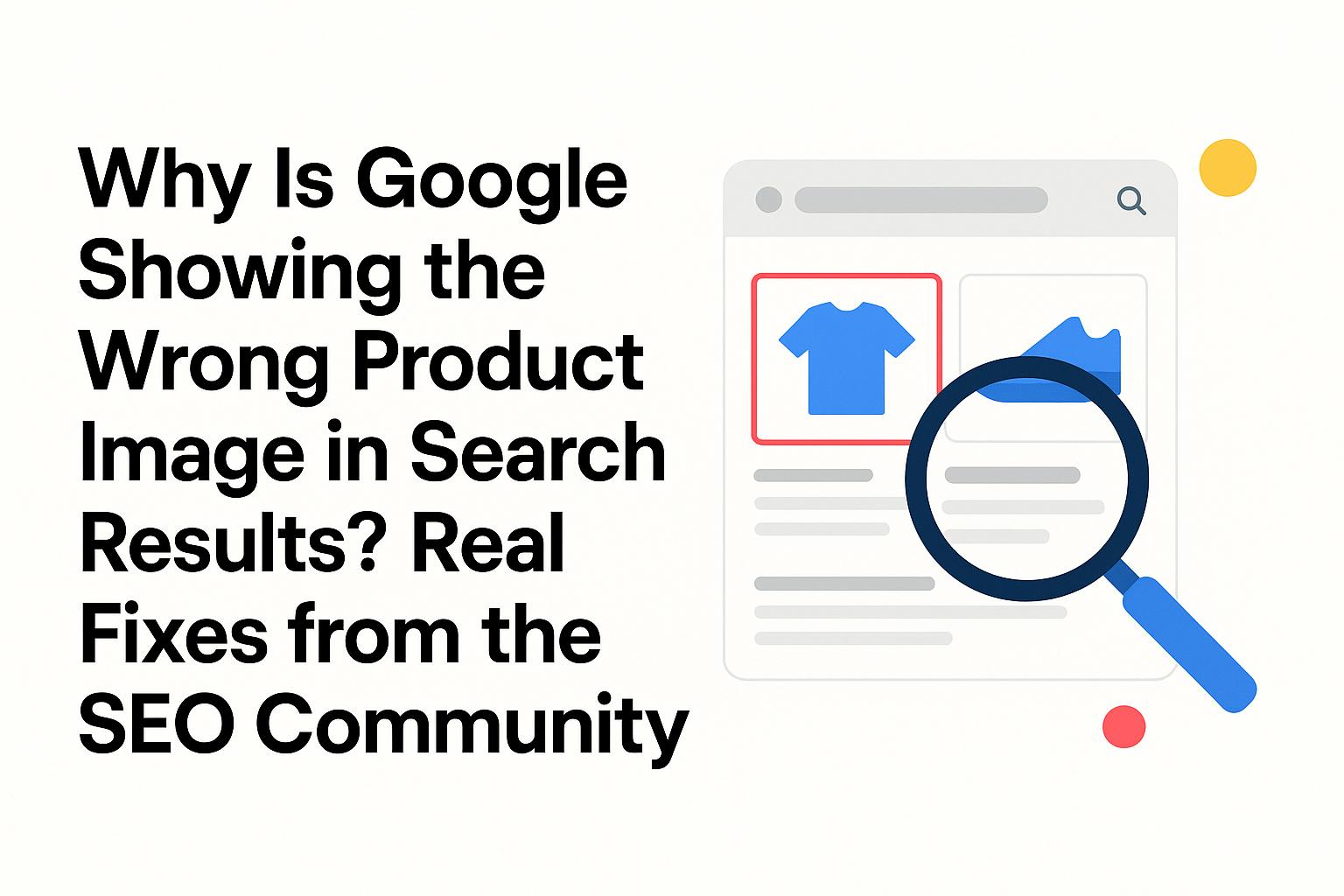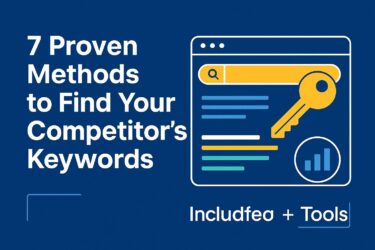✅ Insights from the Community
1. It’s a Google Caching or Indexing Issue
Many agree: this is primarily a Google issue. Google may cache the wrong image during initial crawls or pull images from structured data, carousels, or related product sections, especially if they appear early in the page’s HTML or schema.
2. Check the Featured Image & Structured Data
For WordPress or other CMS setups, ensure the featured image is set correctly and matches what’s in the image field of your Product schema. Also, make sure the structured data does not reference alternative sizes or thumbnails, as Google might be selecting those by mistake.
“We had a case where the structured data used a different image size than the main image. After aligning them, Google displayed the correct one.”
3. Avoid Schema Confusion from Related Products
One common pattern is that Google grabs an image from a related product section, especially if these are marked up with structured data or appear in a carousel.
4. Advanced Fix: Add a Noindex Header to Related Images
This is a more technical fix but was the only reliable solution for one SEO working on a marketplace site. The method involved:
- Appending a
?noindex=1parameter to related product images - Using a CDN (like Cloudflare Workers) to serve an HTTP
noindexheader for image URLs with that parameter
“We had to ensure that images used in related products didn’t get indexed unless they were the main image on their own product pages.”
This method lets you surgically control which image versions Google is allowed to index, without blanket blocking critical assets.
5. Use Tools to Validate Image Rendering
Double-check how your image is being rendered and shared across platforms. Tools like:
…can help verify whether your Open Graph image is appearing correctly. If other platforms show the right image but Google doesn’t, that further confirms this is a Google crawling issue.
6. If All Else Fails: Change the Image URL
One workaround that has shown limited success is:
- Changing the image URL of the wrong image (to essentially “break” the cache)
- Assigning the correct image to that original URL
This forces Google to reprocess the asset association.
“That worked—kind of. Not a perfect fix but it helped force Google to update.”
🔄 Final Tips and Takeaways
- Always serve the main image early in the DOM and avoid lazy-loading it unless absolutely necessary.
- Confirm that no other images are used in the structured data unintentionally.
- Use the URL Inspection Tool in GSC to see how Googlebot renders the page and what images it sees.
- If using a CDN, explore advanced rules with Cloudflare Workers or similar tools to control headers on assets.
- Consider implementing a staging environment to test “noindex” configurations on image URLs before deploying site-wide changes.
🧠 TL;DR
This is a nuanced issue with no one-size-fits-all fix, but by combining structured data hygiene, DOM/image placement strategies, and smart header handling (e.g., noindex on related images), you can take back control of your SERP thumbnails.



